This is no time to look back. COVID-19 is presenting us with an unprecedented opportunity to improve the workplace and make it something better than before.
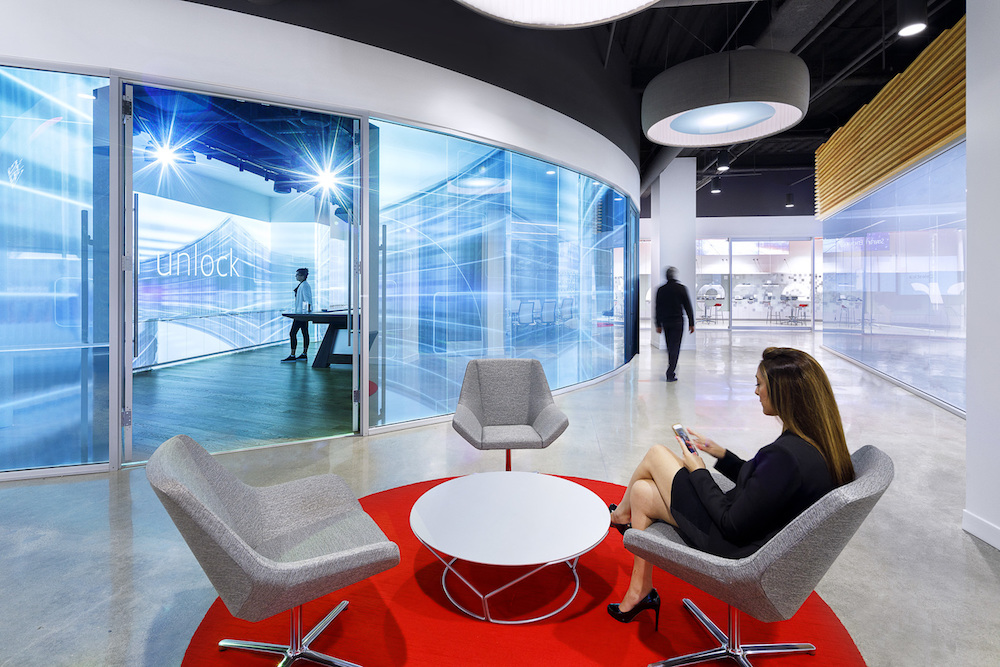
Together, we are experiencing an event of historic proportion. Not since the Spanish Flu of 1918 has the world faced such a direct threat to the way in which we live, work and play.
How we respond to the effects of the virus will change the course of history if we let it. Unfortunately, as human beings, we yearn to find our way back to what we consider “normal,” leaving us doomed to repeat our past mistakes. We have the capacity to learn from history, but we often refuse to listen if we do not like the message.
As in 1918, today there is a rush to normalcy, which is clouding the better judgment of the population. Reflecting on the 1918 pandemic, Christopher Nichols, an associate professor of history at Oregon State University, recently told HealthDay, “At first, they tell the public it’s not a big problem, or – as the name suggests – that it’s a foreign disease that only affects ‘others.'”
This attitude leads to apathy and wishful thinking that life will be back to normal soon. But today as in 1918, that is just not the case. This should be a time for growth and change and perhaps a different vision for the future rather than just a return to the past. The message today should be one of progress and not regression.
“[COVID] is going to be a catalyst for things that people were too scared to do before,” John Furneaux, CEO of Hive, a workplace software startup, recently told the Associated Press. The pandemic gives “added impetus to allow us and others to make changes to century-old working practices.”
Instead of striving for normalcy, this should be a time to step back and decide whether “returning to normal” is really our best alternative. We have a rare opportunity to be better, instead of nostalgic. We should embrace a future that is adaptive and not restorative.
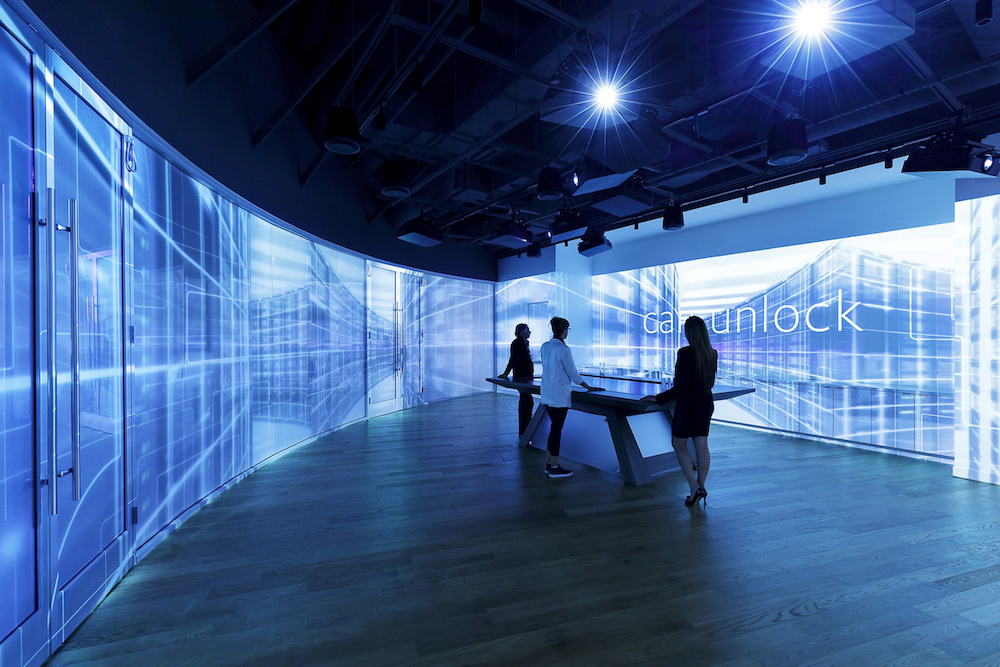
An Opportunity to Work Differently
For decades, the success of workplace design was based on efficiency and density. The equation was simple: the more people, the more effort; the more effort, the more money. The first objective was to warehouse employees; everything else was secondary.
COVID-19 has taught us that we can work differently. The remote worker is no longer the exception as much as it is the rule. We have learned that we have the capacity to accept change and, in fact, grow. It is the time to take this knowledge and understand how it can make our workplace more effective and, as a result, more profitable.
We realize though the COVID experience that we are no longer tied to a desk to be productive. Our staff does not need to clock in and out based on predetermined norms. This new sense of freedom has exposed alternative ways to collaborate virtually, which will continue to be refined with greater demand. We also realize that some individuals enjoy the rigor and structure of the office environment. The camaraderie and socialization of the office environment is optimum for their productivity. As part of this new reality, we must be prepared to empower and strengthen both experiences without either feeling compromised.
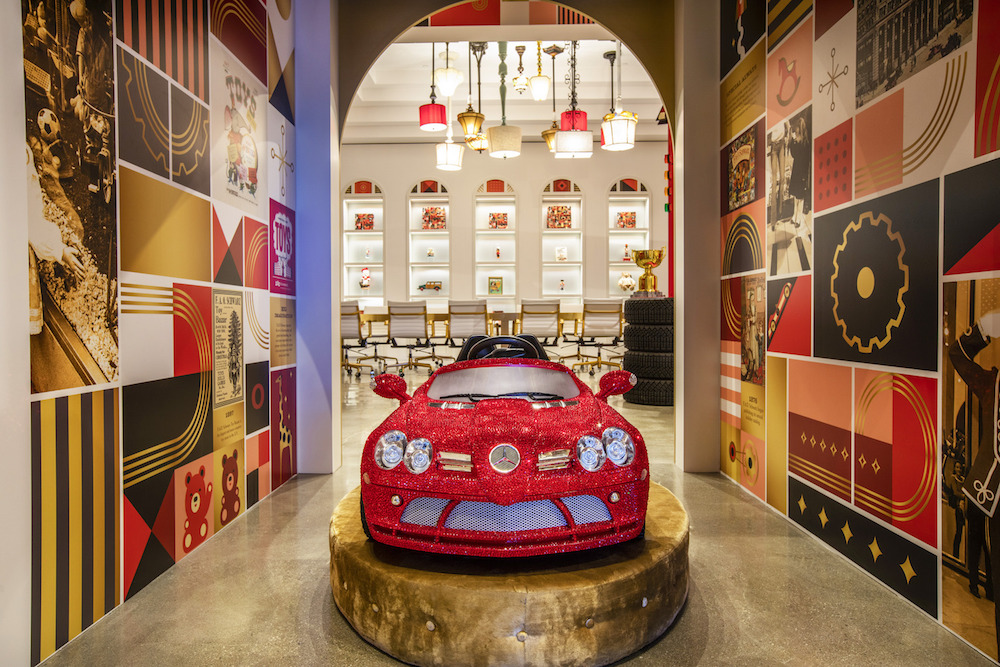
Office design will no longer be dictated by density targets if a sizable share of the workforce chooses to work remotely. But this realization is not the ultimate lesson. The true lesson is the ability to create a workplace and a work plan that allow our employees to bring their best and most productive selves to their job through choice.
Choice can be liberating. Defining how and where as individuals we each work most effectively can increase productivity, create a better work-life balance, reduce absenteeism and strengthen recruitment and retention practices.
By not limiting how and where an employee physically works, companies and organizations can expand rather than contract. If the work can happen anywhere, then our workforce can be anywhere. We will be able to curate project teams from the best and brightest people from around the world and increase the quality of our workforce. If we offer more choice and freedom to our staff and potential staff, our field of future candidates will vastly expand, unlimited by geographic boundaries. Our influences can become broader and more varied.
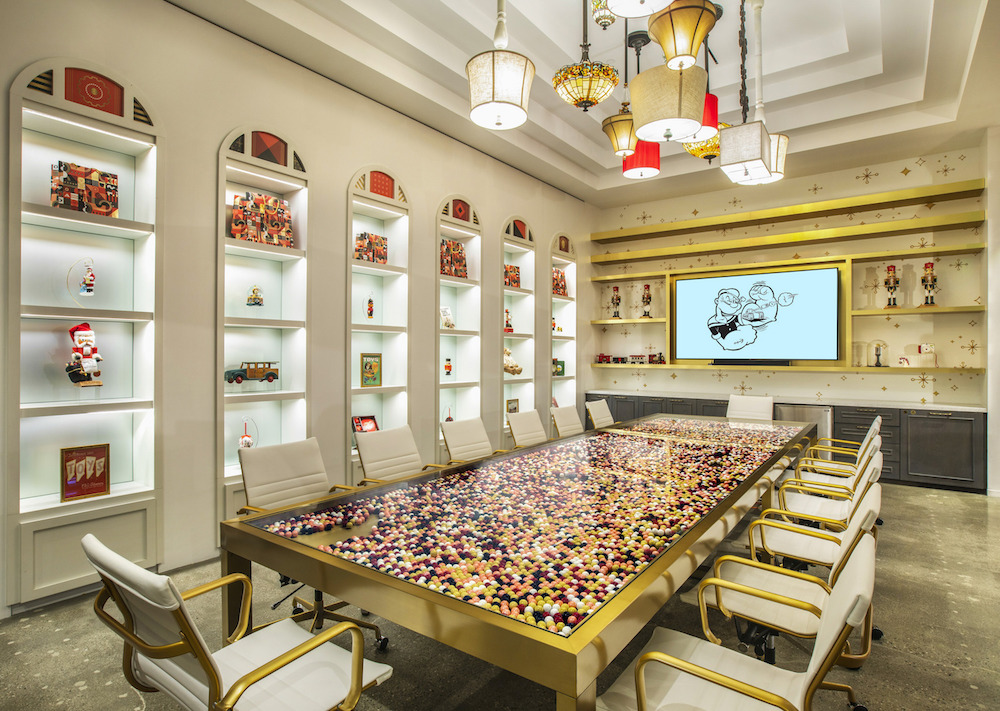
The workplace will never be eliminated, but it can be enhanced. Physical walls become permeable and malleable. We can embrace the best possible remote technology solutions for collaboration, mentorship, team building, camaraderie, and culture. We should be examining ways to eliminate the barriers and create strategies that allow us to share ideas more freely and collaborate more easily.
The Workplace as a Portal
The physical manifestation of the offices could evolve into a portal, reflecting the culture and nature of the organization. Our workspaces will become the embodiment of our work and our process, instead of a vast array of desks, print stations and coffee bars. The actual physical workplace experience will become the gold standard of how we should work, offering shared environments that are cherished rather than dismissed.
This experience should encourage us to develop a workplace of the future built around how we come together meaningfully as an organization. The workplace needs well-designed, unique collaborative spaces that are flexible and adaptable. It should utilize technology in a multitude of different ways to bring us together rather than separate or segregate us.

There needs to be an ease of reconfiguration based on immediate need that allows our workspace to become what we need to be, when we need it. Walls that can move away to create larger spaces, furniture that can accommodate both large and small groups without either feeling compromised, and technology that can happen anywhere and anytime it is needed.
The remote work experience has taught us that there is a specific sense of intimacy achieved through technology that does not actually exist in a conference-room setting. The future workplace could build upon this realization and enhance it through specifically designed technology “lounges” or live streams to other office locations or remote workers. No longer would the office be defined by what happens within the physical space, but rather by the opportunities to bring organizations together in different ways.
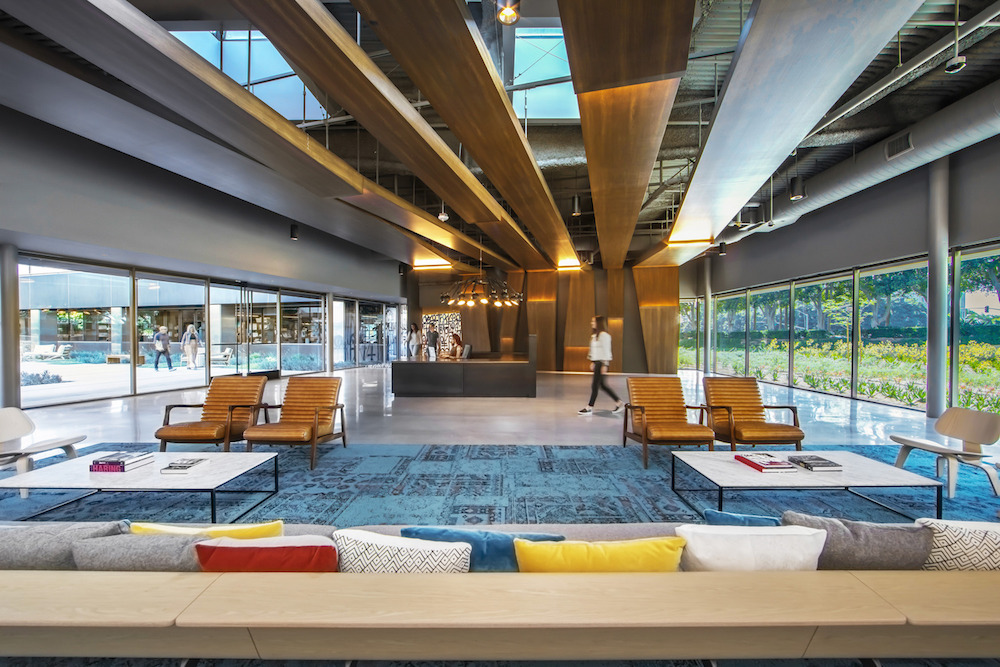
The process starts with an acceptance that this experience will forever change the way in which we work. Priorities that in the past have often been shelved can be re-evaluated in a new light, as well as the way we approach what we do and how we do it.
Moving Forward
We are seeing the future of the workplace as bright and not diminished; more specialized and less ambiguous. Some may choose to downsize based on the percentage of remote workers; some may upsize depending on actual need and future goals rather than a desire to warehouse desks. We will see decentralization of the workplace bringing the office to the people rather then the expectation of the entire staff to commute to one centralized location.
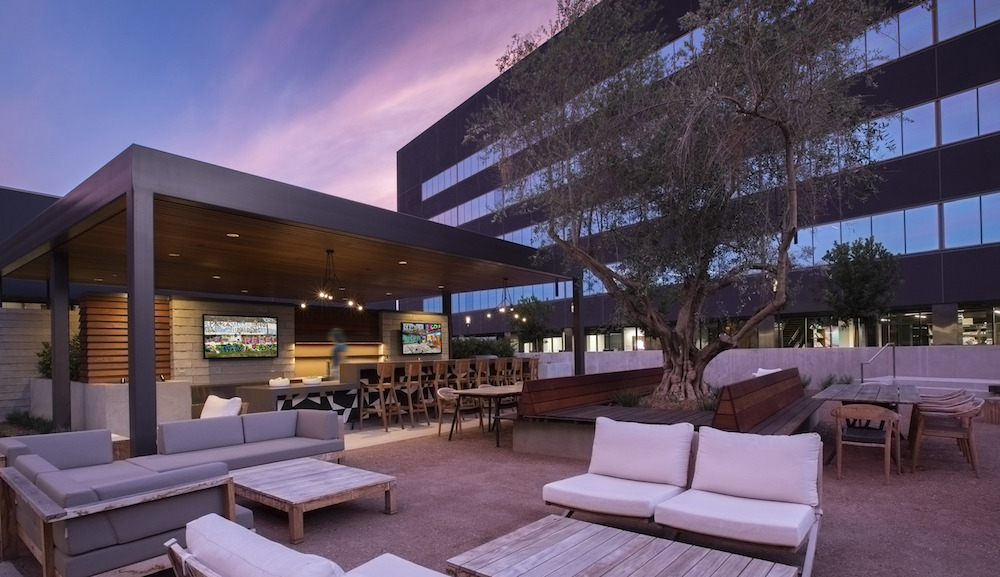
Unfortunately, as in 1918, we are seeing knee-jerk reactions to the pandemic, band-aid solutions, and workarounds for our daily existence, all of which sacrifice our quality of life and the quality of our work. If, as a society, we want to begin to examine the opportunity for more drastic change, now is the time. We have an opportunity to be better and to live more productive and rewarding lives, if we make the right choices today.
In the history of the world, through great turmoil came change. It is our time, right now, to see and understand this opportunity rather than struggle to return to what we define as “normal.”

